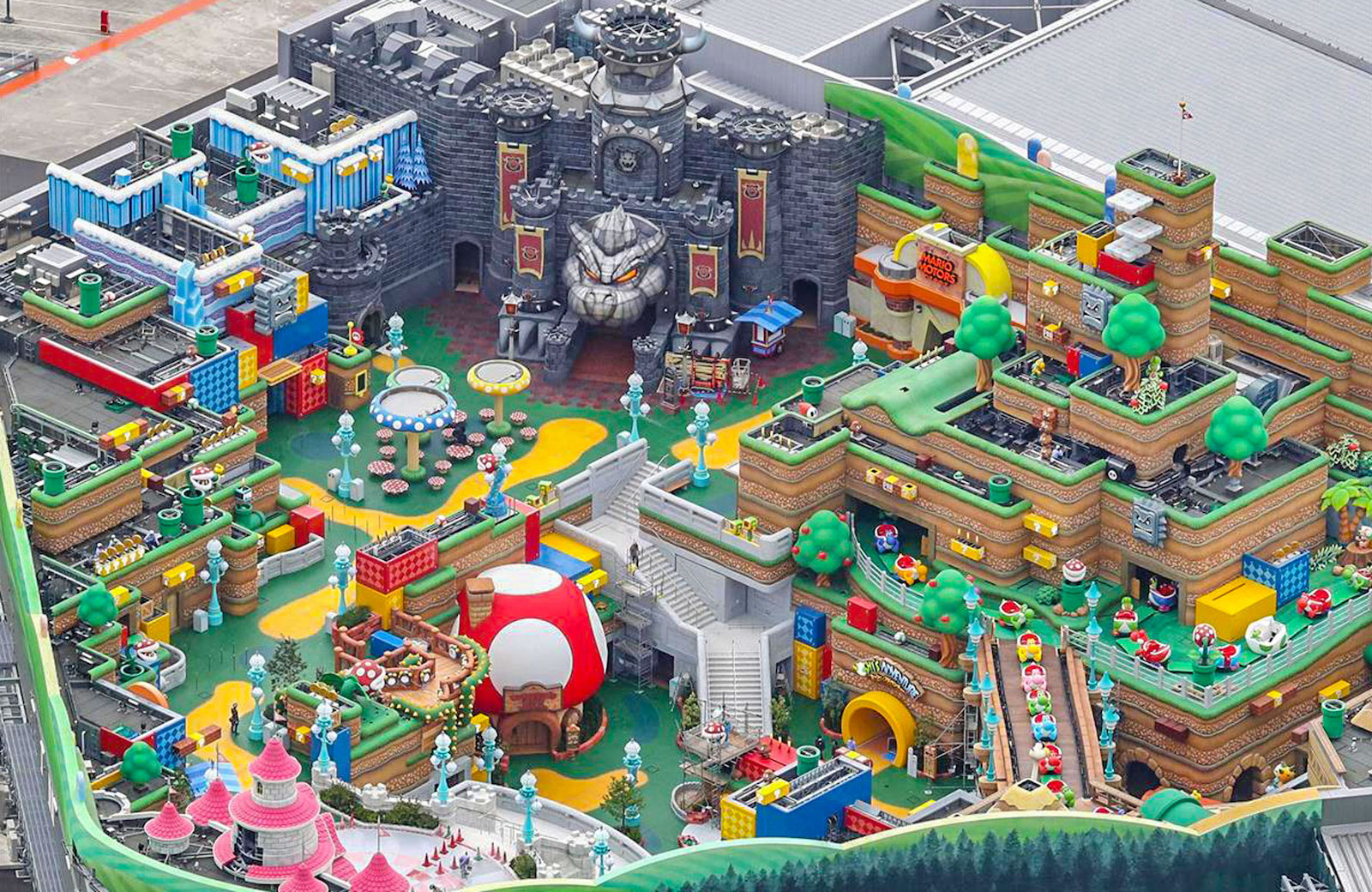
Foundation work for Super Nintendo World now underway at Universal Studios Hollywood in California | Pokémon Blog

Thematic Installation underway at Super Nintendo World at Universal Studios Hollywood | Inside Universal

UPNT Weekly Recap: Super Nintendo World Opening Date, Southern California Shutdown, VelociCoaster Trains, Loews Portofino Bay Hotel Reopening, and More - WDW News Today

Super Nintendo World construction progress at Universal Studios Hollywood - Theme Park Tribune, theme park news

PHOTOS: Aerial Construction Photos Show Super Nintendo World Nearing Completion at Universal Studios Japan - WDW News Today

PHOTOS: Another Look at Super Nintendo World Construction in Universal Studios Hollywood - WDW News Today

Universal Studios reveal its Nintendo theme park will launch next year featuring a real-life version of Super Mario Kart




















